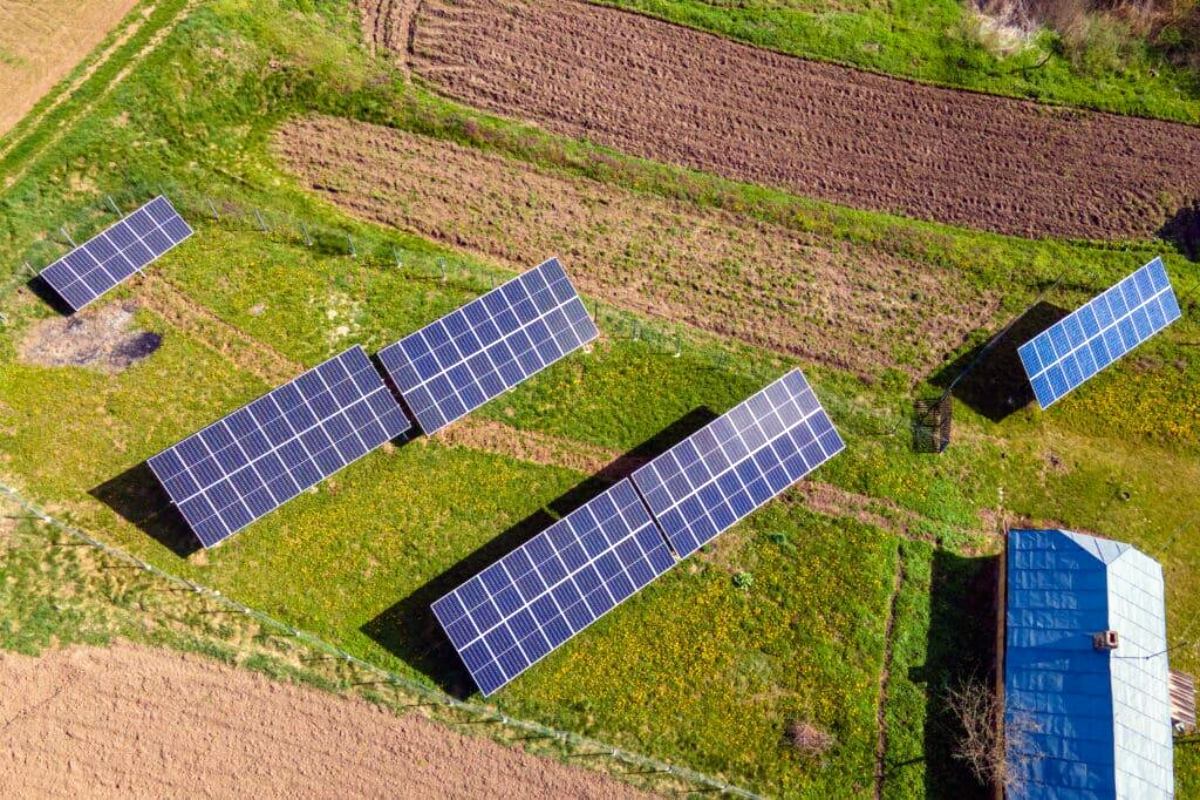Ground Mounting System-W Type vs. Roof-Top Solar System: Advantages and Disadvantages
Ground Mounted Solar System:
Advantages:
1. Optimal Orientation and Tilt: Ground-mounted solar systems offer flexibility in choosing the orientation and tilt angle of the solar panels to maximize sunlight exposure and energy production.
2. Easy Maintenance: Solar panels mounted on the ground are easily accessible, making maintenance tasks such as cleaning, inspection, and repair more convenient.
3. Scalability: Ground-mounted systems can accommodate a larger number of solar panels, allowing for higher overall system capacity and the potential to generate more electricity.
4. No Roof Limitations: Ground-mounted systems are not restricted by roof condition, orientation, or shading. They can be installed on open land or unused areas, maximizing the solar potential of a site.
Disadvantages:
1. Land Requirement: Ground-mounted systems require a significant amount of open land or space, which may not be readily available or suitable for every property.
2. Cost of Land Preparation: Clearing, grading, and preparing the land for installation can add additional costs to the overall project.
3. Increased Installation Complexity: Ground-mounted systems involve additional components such as foundation supports, racks, and wiring, which can increase installation complexity and cost compared to roof-top systems.
4. Potential for Shade: Depending on the location and surrounding environment, ground-mounted systems may be susceptible to shading from nearby structures, trees, or vegetation, impacting energy production.
Roof-Top Solar System:
Advantages:
1. Space Optimization: Roof-top solar systems utilize underutilized roof areas, making them an efficient use of space, especially in urban or limited space scenarios.
2. Reduced Land Requirement: Since roof-top systems use existing roof space, no additional land is necessary, making them suitable for properties with limited outdoor area.
3. Simplified Permitting Process: The installation of roof-top systems usually involves simpler permitting processes compared to ground-mounted systems, as they are typically considered building modifications rather than new constructions.
4. Potential for Energy Self-Consumption: Roof-top solar systems can directly power the building they are installed on, reducing dependence on grid electricity and potentially resulting in savings on utility bills.
Disadvantages:
1. Roof Condition and Orientation: The efficiency of a roof-top solar system depends on factors such as roof condition, age, orientation, and shading. Roofs that are older, shaded, or not optimally oriented may have reduced energy production potential.
2. Limited System Capacity: Roof limitations, such as available roof area and structural capacity, can restrict the number of solar panels that can be installed, limiting the overall system size.
3. Maintenance Challenges: Depending on the roof height and accessibility, maintenance and cleaning of roof-top solar systems may require additional safety measures, equipment, and professional assistance.
4. Potential for Obsolescence: If the building or roof undergoes significant changes or renovations, the solar system may need to be temporarily or permanently removed, potentially affecting the system's lifespan and financial return.

Ultimately, the choice between a ground-mounted solar system and a roof-top solar system depends on factors such as available space, site characteristics, budget, energy needs, and individual preferences. Consulting with a solar professional can help determine the most suitable option for a specific situation.

 Xiamen TopFence Co.,Ltd.
Xiamen TopFence Co.,Ltd. No. 77, LingXia South Road, Huli District, Xiamen City, Fujian, China
No. 77, LingXia South Road, Huli District, Xiamen City, Fujian, China Tel: +8613365923720
Tel: +8613365923720
 Email: info@xmtopfence.com
Email: info@xmtopfence.com
 IPv6 network supported Sitemap
| XML
| Blog
| Privacy Policy
IPv6 network supported Sitemap
| XML
| Blog
| Privacy Policy


